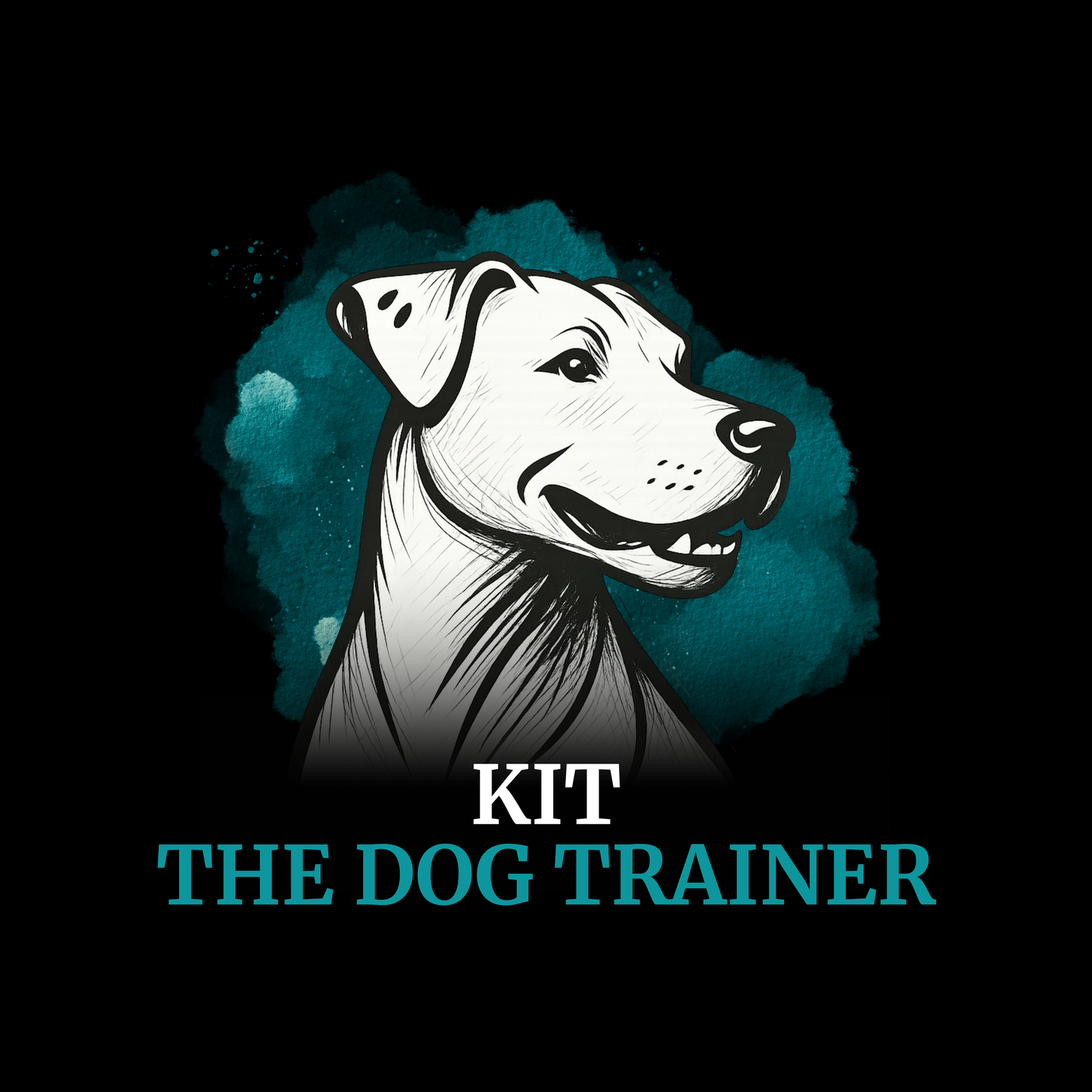What Relationship-Based Dog Training Actually Means
If I had to define how I train, it’d be this: holistic, relationship-based dog training that never uses pain, fear, or intimidation.
It’s not as catchy as “R+” or “Force Free”, but I don’t use those terms. Not because I’m not ethical but because they don’t capture the complexity or depth of how I work. So what does my version actually mean?
Let’s break it down.
First: Are Your Dog’s Needs Actually Being Met?
Before we even start training, we look at your dog’s foundation needs. If we skip this, we’re kneecapping your progress before it begins.
Here’s what I assess:
Are they in pain or discomfort?
Are they getting enough sleep and rest?
Do they have an appropriate exercise routine?
Are they mentally fulfilled — or bored out of their skull?
Are their breed-specific needs being met?
Is their diet working for them, not against them?
Behaviour doesn’t happen in a vacuum. You can’t train a dog into feeling good — you have to start by helping them be well. That’s the “holistic” part. Health, lifestyle, and welfare matter just as much as training plans.
Next: Management Before Training
Management means setting up the environment to prevent your dog from rehearsing unwanted behaviours. It’s not a long-term fix, but it buys you breathing room.
Is your dog barking at passers-by all day? Let’s block that window view.
Exploding at every dog on a walk? Let’s use quieter routes for now.
Management gives your dog a break, gives you a break, and creates the space for better learning. It’s not cheating — it’s strategy. And it’s how we stop adding fuel to the fire.
Now We Train — But Only Once the Groundwork’s Laid
Once needs are met and management is in place, then — and only then — do we build your training plan. And that plan will look different for every dog and handler.
We start with two questions:
What’s a fair expectation for the life you can live with your dog?
What life do you want to be living with your dog in six months?
Once we’re clear on that, we reverse-engineer a step-by-step roadmap to get you there. You’ll learn how to train your dog through positive motivation, structure, consistency, and clear communication — all without ever needing to use force or intimidation.
Yes, You Can Have Boundaries and Compassion
Some people think you can’t have both structure and kindness. That teaching “no” or having rules means you’re not training ethically.
I disagree.
I wouldn’t let a child stay up scrolling TikTok all night — and I wouldn’t need to scare or hurt them to set that boundary. The same is true for our dogs.
Boundaries aren’t cruel — they’re clarity. And clarity creates safety, confidence, and a better life for everyone.
So What Does “Relationship-Based” Really Mean?
It means your dog isn’t just a project. They’re your teammate. Your best mate. The loveable chaos demon who shares your sofa and your stress levels.
We didn’t get dogs to have a silent, obedient robot in the corner of the room. We got dogs for connection and that connection is what makes the training stick.
The Bottom Line
I live a genuinely beautiful life with my dogs. We’re friends. We go on adventures. I know what to expect from them, and they know what to expect from me. There’s freedom, structure, and joy — not because I’ve dominated them, but because we’ve trained for it.
That’s what I want for you too.
So maybe it’s a longer-winded way of explaining how I train but the result is simplicity. Structure. Results. And a relationship that actually works.
